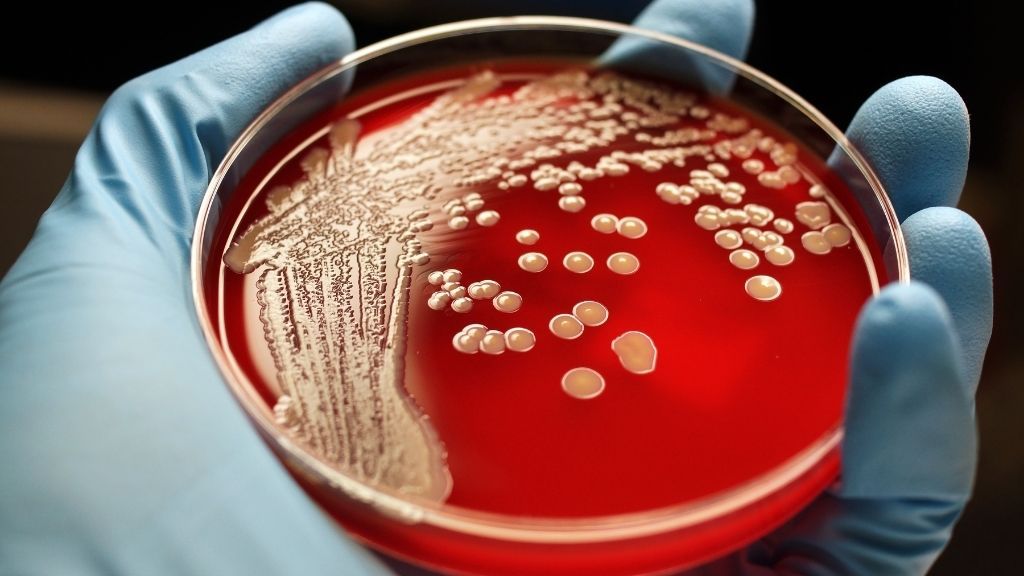
it kind of blew the lid off of what all of us were thinking," because each class of bactericidal antibiotics targets different parts of the bacterial cell, so it's counterintuitive to think they work the same way to ultimately kill microbes, she said.
They reported that hydrogen sulfide boosted production of antioxidant enzymes in the bacteria, which transform free radicals into non-toxic molecules, while also suppressing the production of reactive oxygen species.
They also found that deleting or disabling the enzymes in bacteria made them "highly sensitive" to a wide range of antibiotics."If we combined those inhibitors with antibiotics … we could make those antibiotics more potent," Nudler told Live Science.Mammalian cells also produce hydrogen sulfide, meaning human cells also rely on the compound; in humans, hydrogen sulfide acts as a signalling molecule and interacts with many tissues, from the brain to smooth muscle.Both human cells and bacterial cells use CSE to make hydrogen sulfide, but the human and bacterial CSE come in slightly different flavors.
"What they've done is, they actually identified something that's unique to the bacterial enzyme and is not present in the human enzyme … so this is specific for bacteria," Mah said.By tamping down hydrogen sulfide production, the inhibitors not only boosted the effects of antibiotics against the bugs but also suppressed a phenomenon known as "bacterial tolerance." .This means some bacteria cells can linger even after an infected person completes a full course of antibiotics, and if their immune system isn't equipped to deal with the leftovers, chronic infection can set in, Nudler said.
"We demonstrate that hydrogen sulfide, clearly, makes a huge impact on tolerance," Nudler said.
